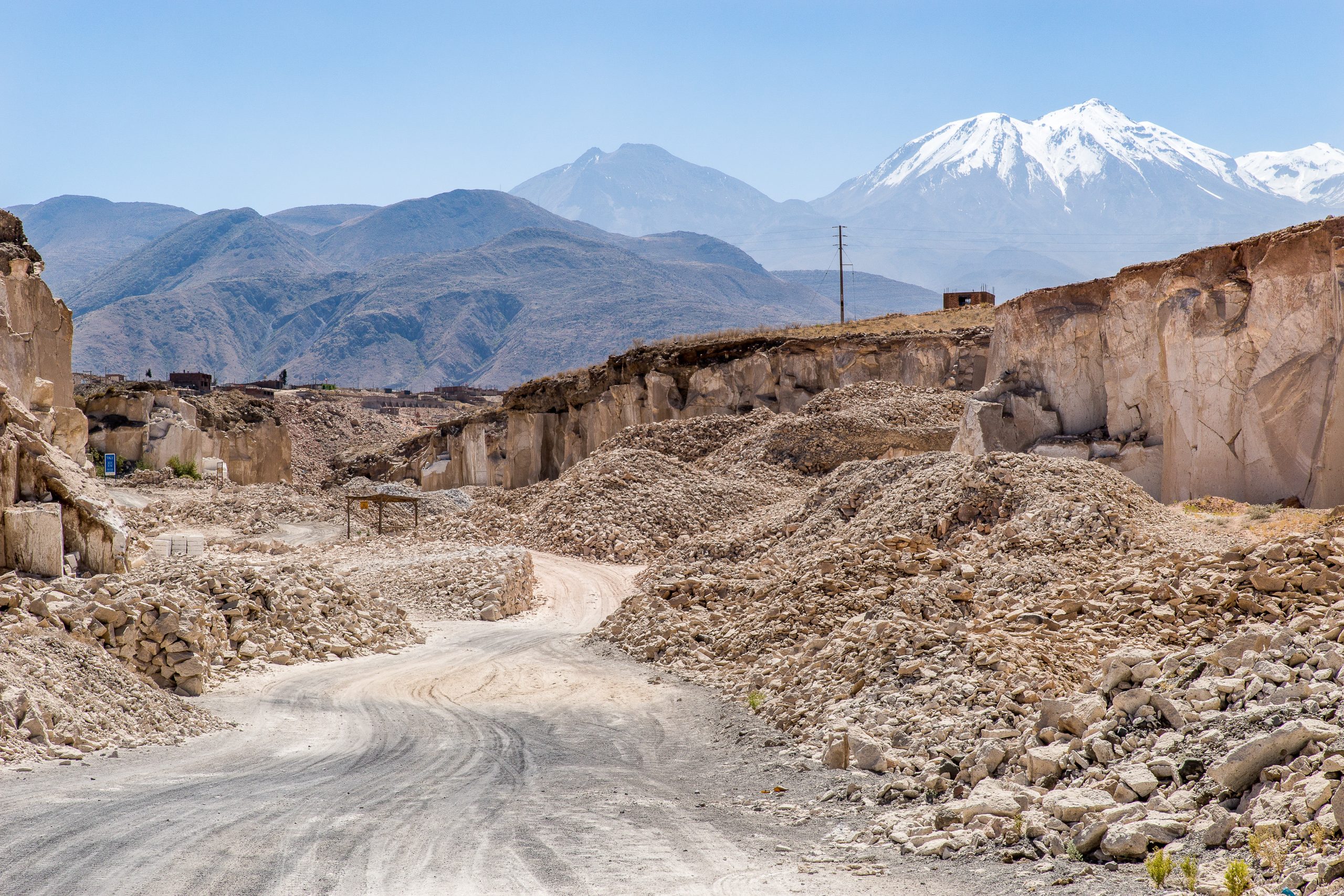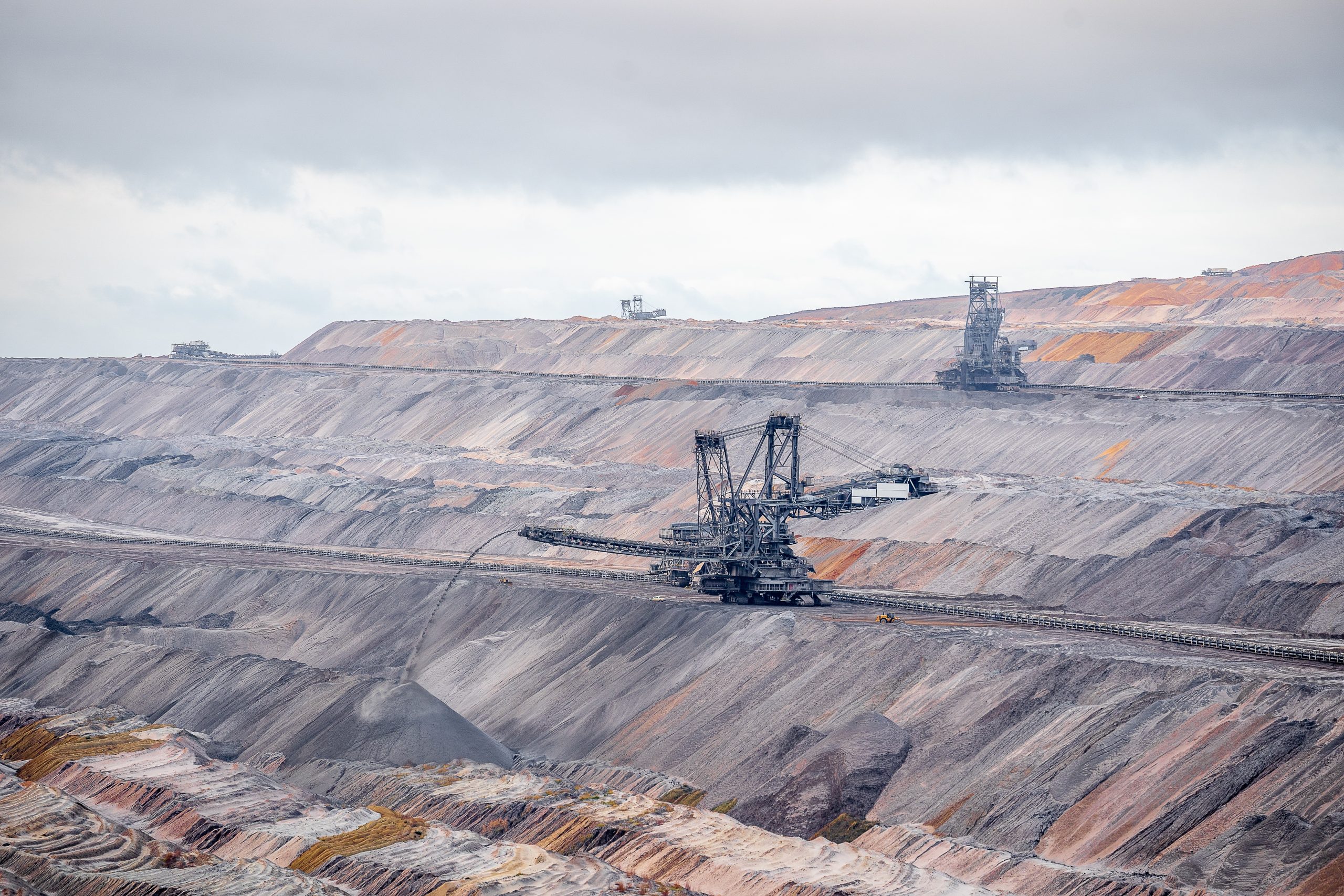QED.pl » Case studies » Mathematical model and data analysis in environmental protection
Sierra Gorda SCM (KGHM) is a Chilean open-pit copper and molybdenum fossil mine that was facing a challenge of increasing its production capacity, while retaining environmental impact below state-set thresholds. In order to do that, it was required to understand the impact of their mining activities on air pollution in the surrounding areas.


Challenge : The challenge was to determine the direct impact of the mine’s mining operations on the surrounding environment.
The data provided by Sierra Gorda SCM was incomplete and of poor quality, making it difficult to accurately measure the impact of mine operations on air pollution. The task was to ensure the quality of the data for modelling purposes and create an appropriate model.
A mathematical model was proposed that uses machine learning methods optimized for use in industrial areas, taking into account weather conditions. The model analyzed the environmental impact of the mine’s operation and allowed the company to access the real impact of their extraction on air pollution in the area.


Sierra Gorda SCM has improved its capabilities for environmental management by obtaining a machine learning-based solution that accurately measures the impact of its mining activities on air pollution in the surrounding areas. The solution allows the company to increase its extraction while ensuring that it does not adversely affect environmental pollution in residential areas.
The solution uses machine learning methods optimized for use in industrial areas, taking into account weather conditions. The model was designed to accurately analyze the impact of the mine’s operation on air pollution in the surrounding areas.

AI for PIONEERS
Grow your business with artificial intelligence